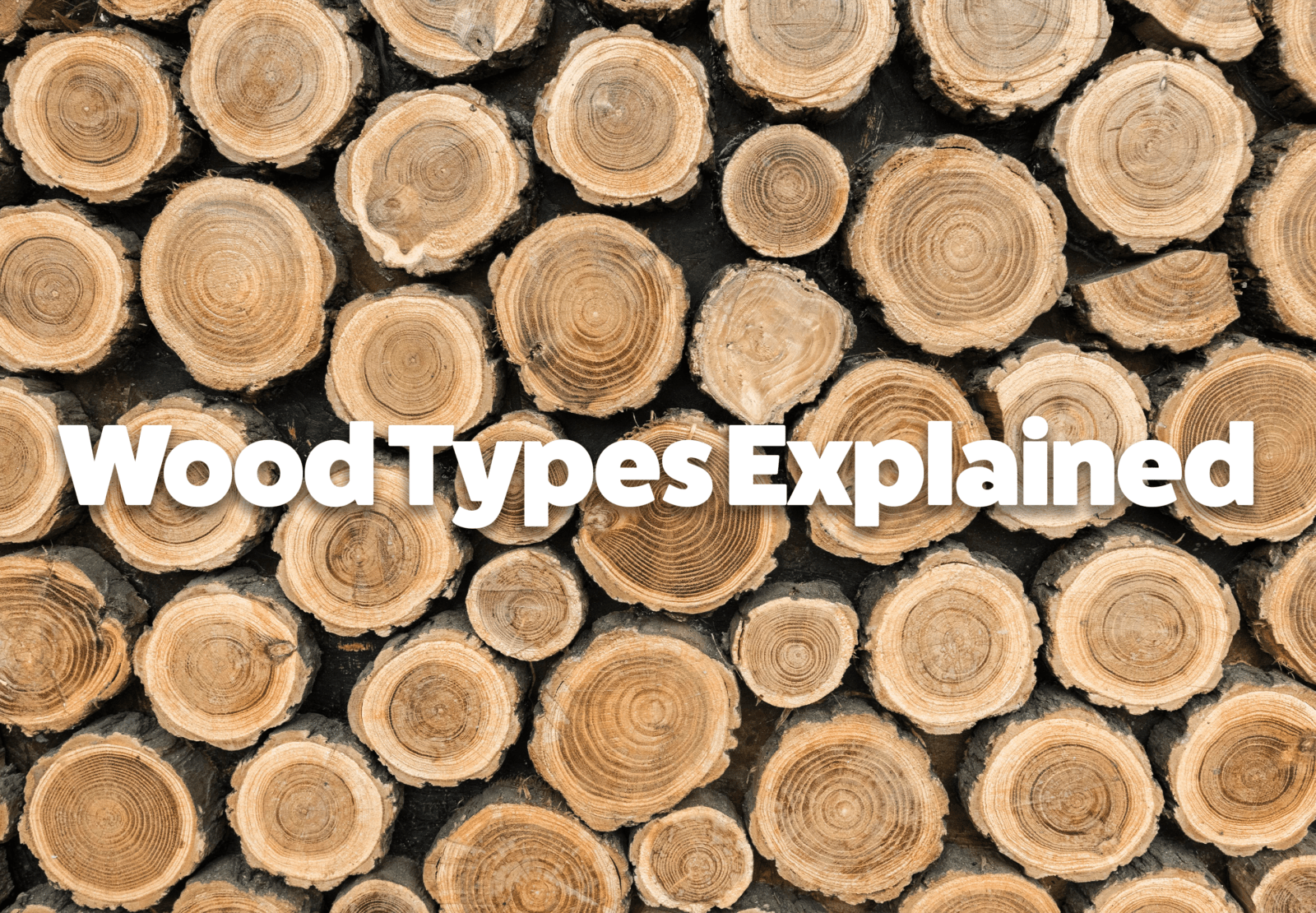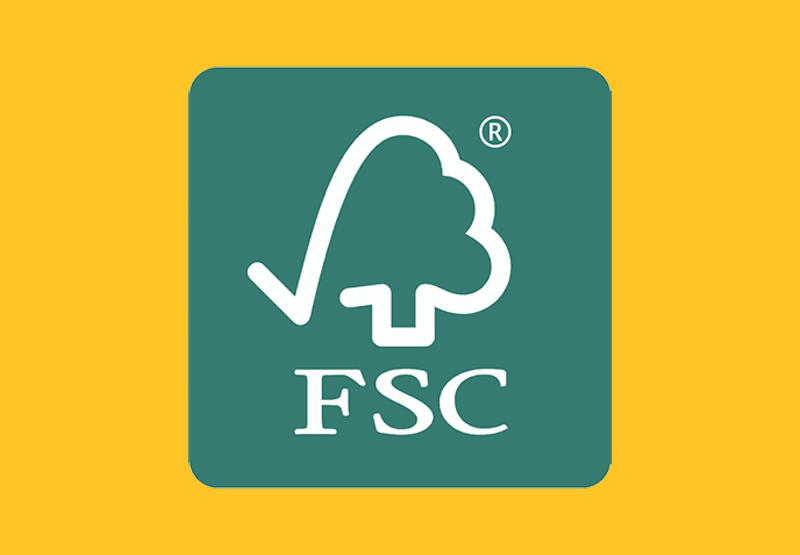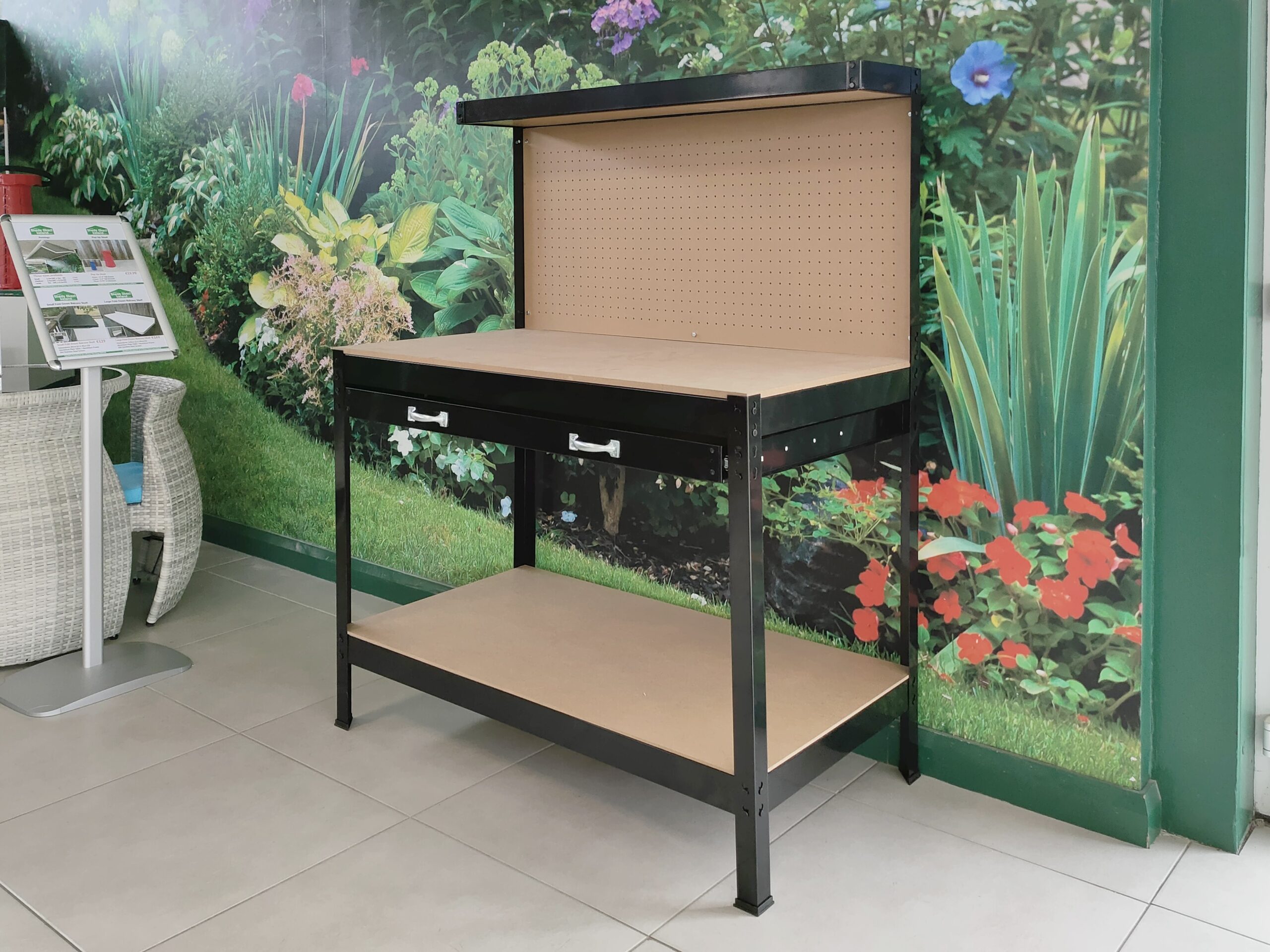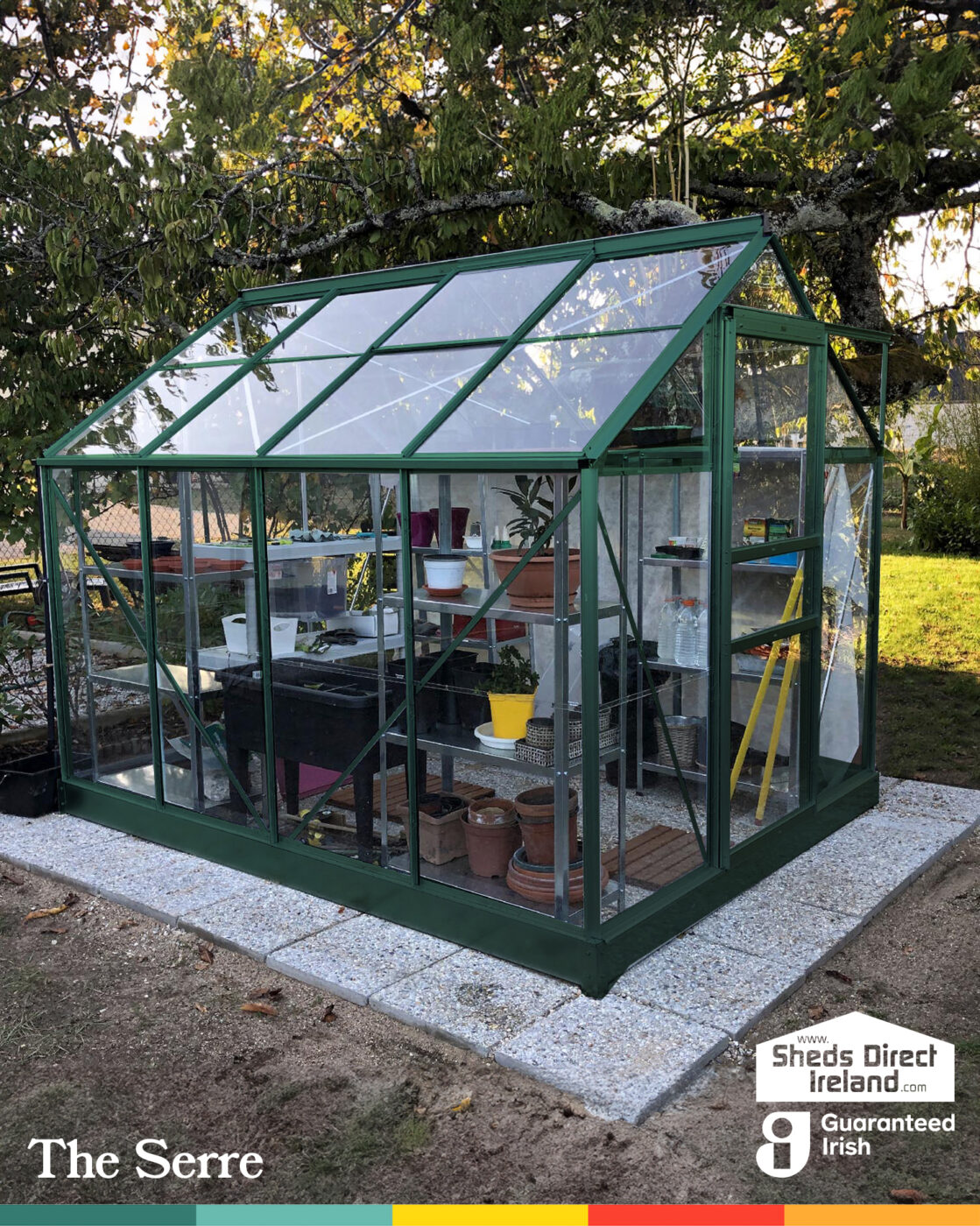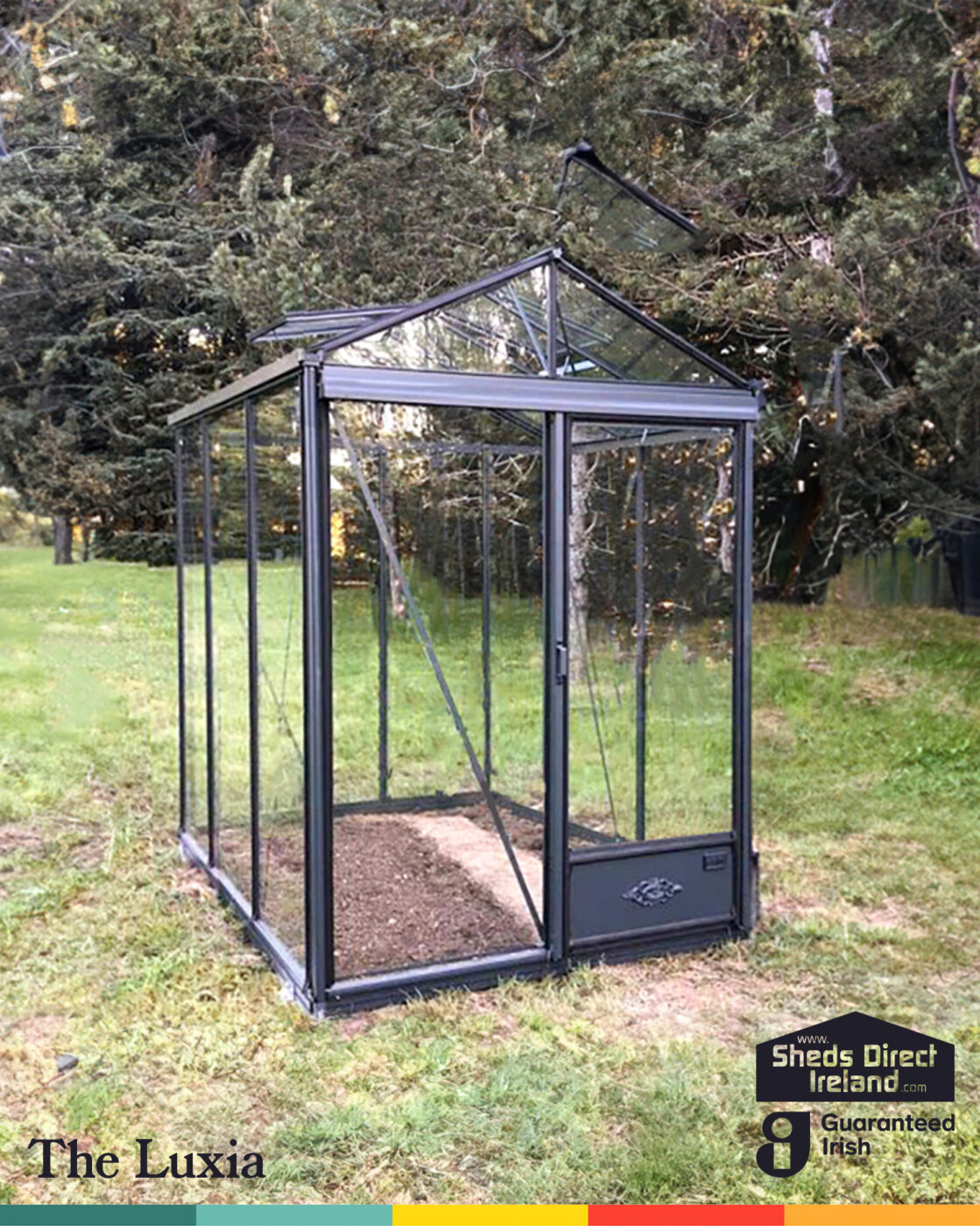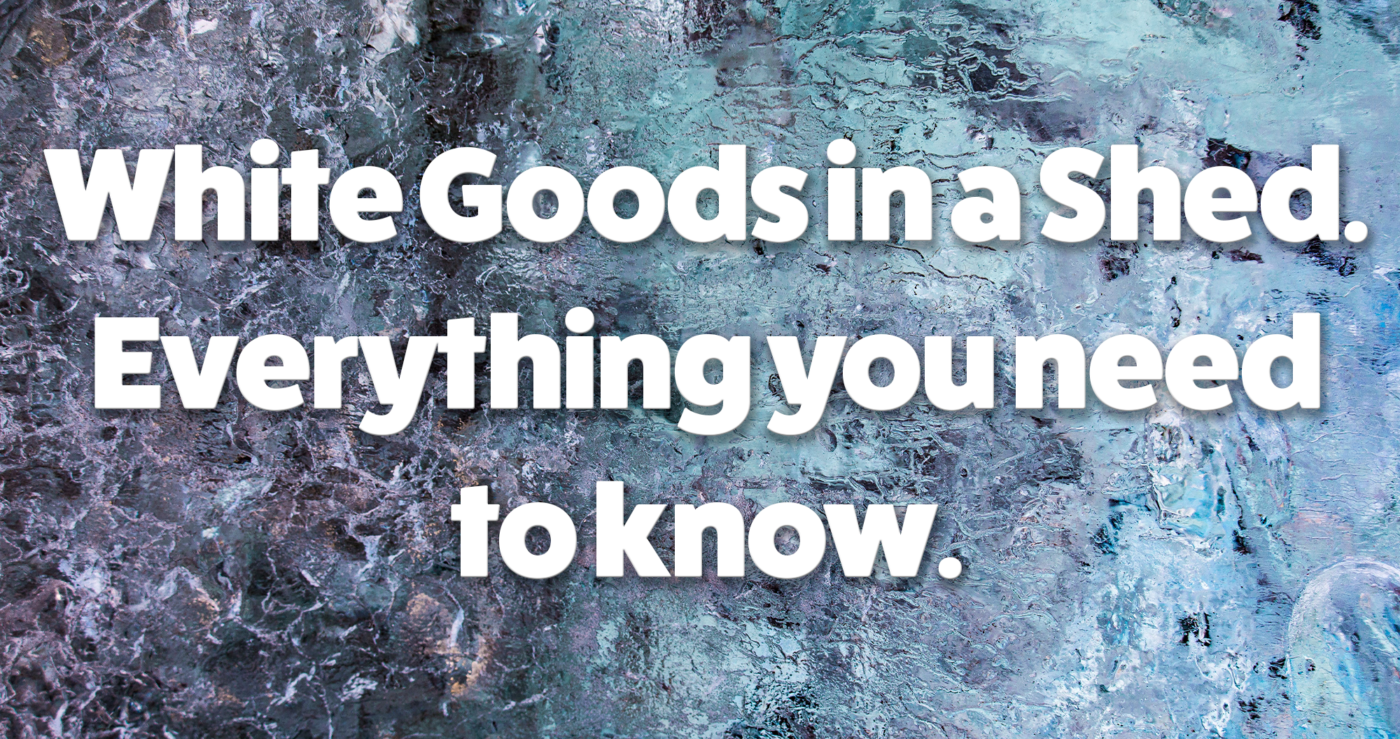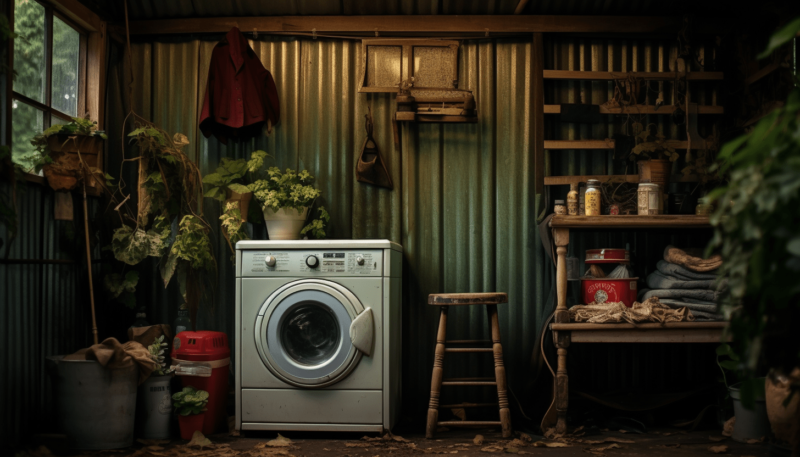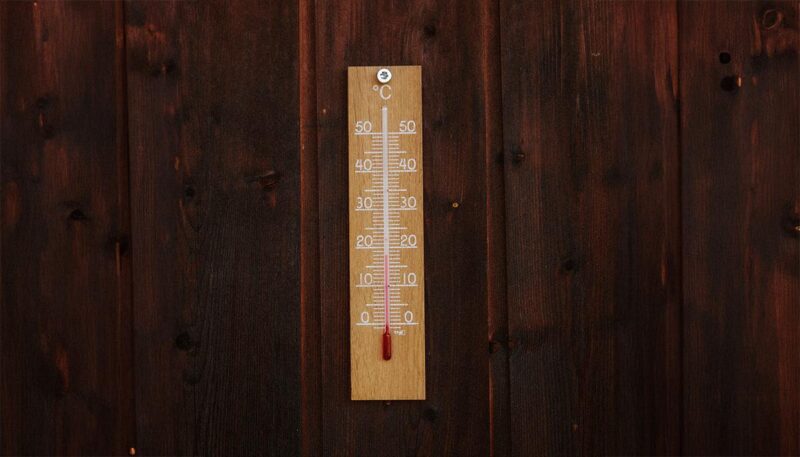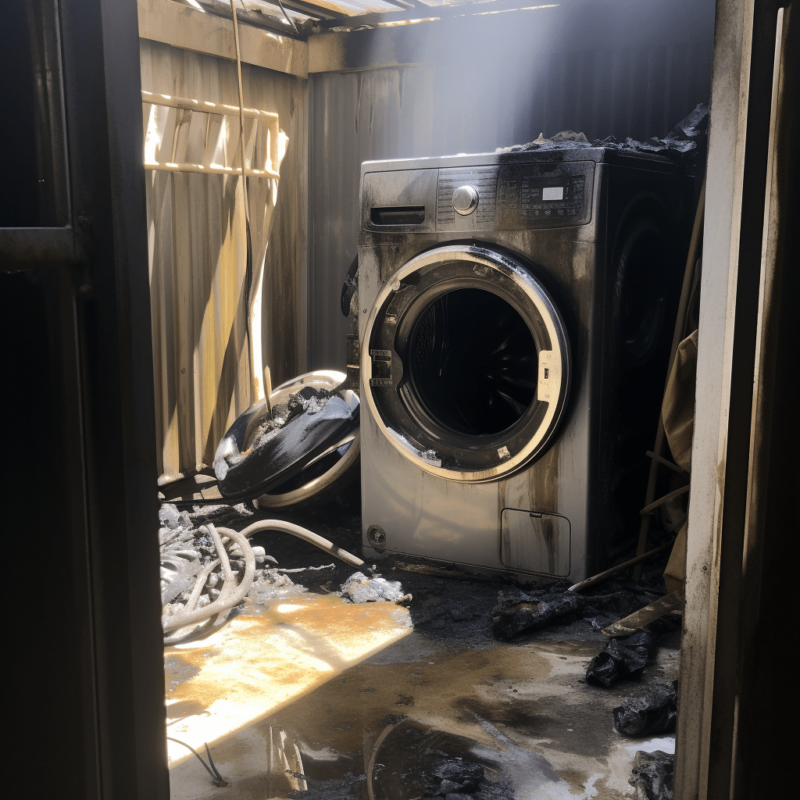Uncategorized
White Goods in a Shed
White Goods in a Shed
Today we’re looking at putting White Goods in shed. Lots of people think you can just plonk a washing machine in any auld shed and it’ll be grand; but reader, let me tell you this: it won’t be grand. In fact, not doing your research before you bounce that Beko into your back-garden shed could result in damage to the washing machine and the shed.
So, today we’ll look at how to prepare a shed for white goods, when you absolutely shouldn’t fill a shed with white goods and how to modify your shed if you’ve got white goods in it already. I also have a minor breakdown about the passing of time and my rock n’ roll dreams, so there’s that to look forward to, as well.
Why put White Goods in a shed?
Most people would put white goods in a shed to clear out room in the house. Large chest-freezers, washing machines and dryers are the most common white goods that we’ve seen go into sheds. The reasons given are that these are either large and cumbersome or too noisy to be in the home. So it makes logical sense that if there’s no room in the home for them, that you’d lob them into the shed and solve all these problems, right?
…right?!
Why White Goods in a shed can be a bad idea
White goods generate heat. While some, like say a Chest Freezer wouldn’t generate a whole lot, others like Dryers can generate considerably more. If you’ve read our guide on condensation in Steel Sheds, already, you know where this is going.
That warm, moisture filled air is going to meet the colder metal panels of the shed and water droplets will form. If you’re running a dryer during the coldest nights of the year, you could expect a lot of condensation to form. I mean, we’ve had people who filled sheds with all their white goods and they were convinced that the shed was leaking – that’s how much condensation you could expect from it. It goes without saying, but pools of water can lead to damage; either the White Goods gets damaged, or accessories in the shed like say, wooden shelving units can become warped or mouldy.
So, straight off the bat, you can see that a steel shed is not exactly a great place to put your White Goods.
Wooden Sheds would be grand though, right?
Generally speaking, wooden sheds don’t experience condensation as badly as steel sheds do. Even those wooden sheds with steel roofs suffer less than a full steel shed. That said…
Condensation isn’t the only issue to be concerned about
Condensation is unquestionably the most common ill-effect of white goods in sheds. However it’s not the most serious. As someone who’s been in a house where three separate washing machines have caught fire, I can safely say that even in the most organised houses, they can be a fire hazard. It’s no surprise that I’d be reluctant to leave them out of my line of sight. White Goods should not be in a place where they can conspire and start fires at will.
In all seriousness though, don’t let my paranoia be overlooked. Putting white goods into sheds drastically increases the chance of fire. As UKWhitegoods.co.uk states:
Washing machines are not designed for outdoor use. Neither are they designed for use in other areas subject to or can be subject to high levels of damp, like bathrooms. Doing either is just asking for trouble.
So a shed in a damp climate like, say, Ireland, would fall into this category – And obviously a wooden shed would be far more liable to fire damage than a steel one, so it’s worth keeping that in mind. Personally speaking, I wouldn’t be racing to put White Goods into either options, but particularly not into a Wooden Shed.
So what is to be done if you want to put your washing machine or dryer in the shed?
Preparing your shed for White Goods
Okay, so it obviously goes without saying, but these are general guidelines. Not every shed will be the same and neither will the white goods; that said, these should tee it up so that you’re on the right track to safely use White Goods in a shed.
The best place for White Goods is within the home itself
We’re starting off with a point that can only be described as a ‘covering our arse’ note. White Goods should not be put into sheds or other external builds, where possible. For safety reasons as well as practical ones, they should be in the home and all the proper safety precautions should be adhered to.
Insulate your shed
For a lot of people, insulating your shed will be the first thing that jumps to mind. There are lots of ways to do this (would you believe it, we’ve got a whole blog here about Insulating a Steel Shed). For storing white goods, you’d need to make sure you’re going in at the heavy-end of things; Kingspan is an ideal addition to a shed in this instance. Make sure you’re using good quality materials, that you’re applying them correctly and that they’re suitable for the inside of the shed. This is not an instance where you can ‘cheap-out’ on your insulating.
You can also look at sealing the bottom of your shed with Tec-7 to prevent moisture getting in that way; although truth be told, if you build your base correctly this shouldn’t be an issue.
Speaking of which:
Damp-proof membranes go under the base, not under the shed.
If you’re getting a new shed, remember to incorporate a damp-proof membrane under the base; i.e. put it in at the time you’re constructing your base. There’s zero benefit to putting a damp-proof membrane under the shed itself. It just doesn’t work that way.If you’ve already built your base and there’s no membrane in it, you are, to put it bluntly, a little snookered. You’ll have to hope that insulation and all the other techniques that we’ll mention will suffice; however there’s no guarantee that they will.
Remember, it’s not a small job to kit our a steel shed with white goods. You should plan everything ahead of time for your own sake.
Know the temperature range in your shed
So, you’ve sorted your base with a damp-proof membrane and you’ve insulated the walls correctly. Brilliant. Now you will need to know what a general low temperature in your shed will be.
Wait, what.
Yep, some machines aren’t built to be in cold temperatures for long durations. The helpful folks at CoolBlue have a guide on how to check if your appliance is suitable to be in the cold. Generally, all standard appliances have a minimum operating temperature of about 16 degrees. The CoolBlue page linked above shows a range of products that’ll work in conditions that are 0-10 degrees and then a separate batch of fridges that’ll work in sub-zero temperatures. But it’s important to know that not all appliances are suitable for outdoor use.
Does measuring the temperature of your shed sound like a pain in the arse? Yes. Yes it does.
Will you most likely have to buy a different White Good if your shed is a bit on the chillier side? Again, yes.
Will it prevent your White Goods from breaking down, or worse, bursting into flames? Also yes.
Get a qualified electrician to do your wiring
“Here, will yous-er lads not wire up the shed for me when der installin’ ih?’
Dee will not.
Excuse me.
No, they will not.
You should really, really, really only get a qualified electrician to wire up your shed. I’m sure there are insurance reasons for this, but really, you also don’t want to electrify a steel shed or make a wooden shed liable to burst into flames at a moments notice. White Goods can become dangerous for a number of reasons, but poor wiring could be the most obvious place where issues can arise. Make sure the wiring is done correctly for the conditions they’re in and get it all signed off (for your own sake).
Install a fire alarm
Don’t take my word for it, Dublin Fire Brigade made this statement after putting out a fire in a shed in Kilbarrack last year. A fire alarm might be the difference between losing the shed and losing a whole lot more.
Don’t use adaptors
In a similar vein, don’t use adaptors to plug in your appliances. Plug them directly into a wall socket. If this isn’t possible, talk to a qualified electrician about a suitable solution.
Perform White Goods Maintenance
You know, I used to be in a Punk band when I was younger. I gave out about George Bush and shredded some serious mid-noughties punk riffs. Here I am now, telling people to clean out the lint in their dryers and to not overload their washing machine. Rock n’ Roll is dead, folks. The least you can do for me is look after your White Goods in the way that the manufacturer recommends. Remember, Stick it to The Man, but also, make sure your washing machine is clean and not in danger of breaking down.
White Goods in a shed: Summary
So if you’ve read all that, first off, thank you. However I’d imagine the general consensus is that plonking a dryer or fridge into a shed isn’t as simple as you probably first thought. It feels like I’m advising against buying a shed for these cases, and yes, in some instances I am. Though it must be stressed that sheds can be a suitable and cost-effective option overall, if they’re prepared correctly.
Get in touch with us, if you’ve any questions or check out our range of Steel Sheds and see how much, or how little would need to be done to them to make them viable.




